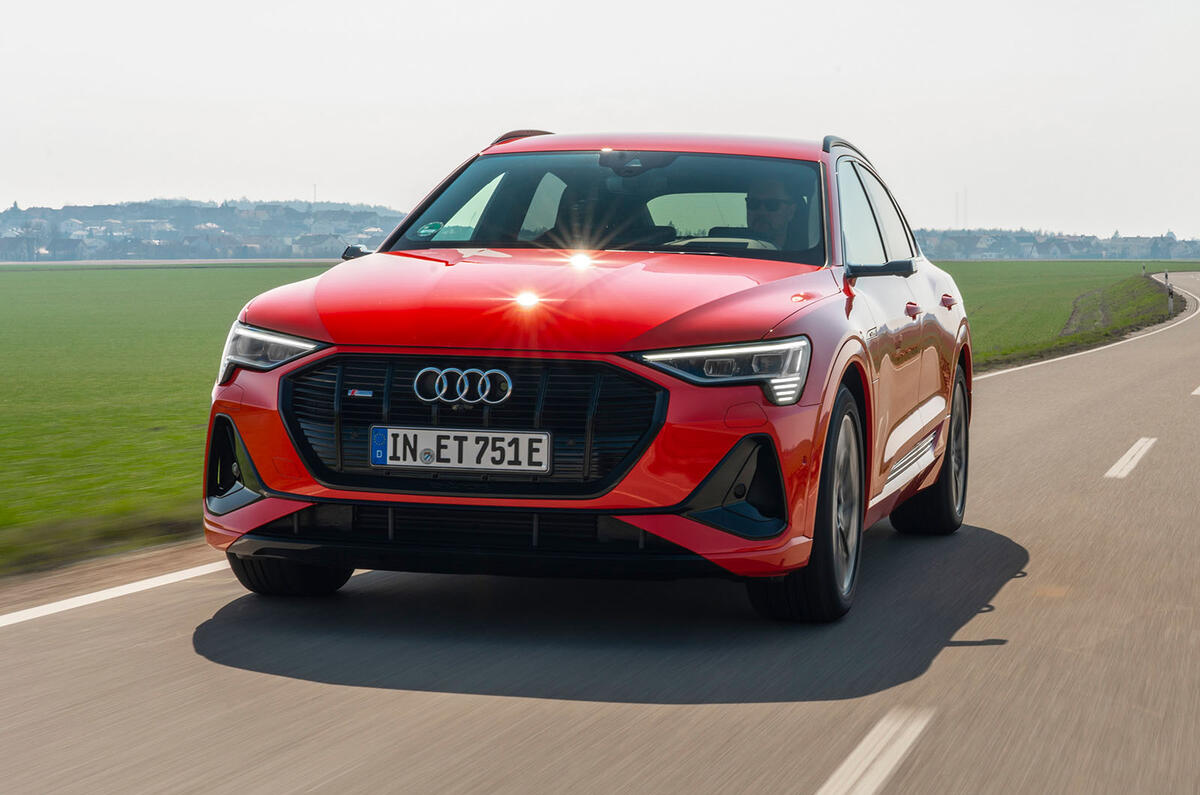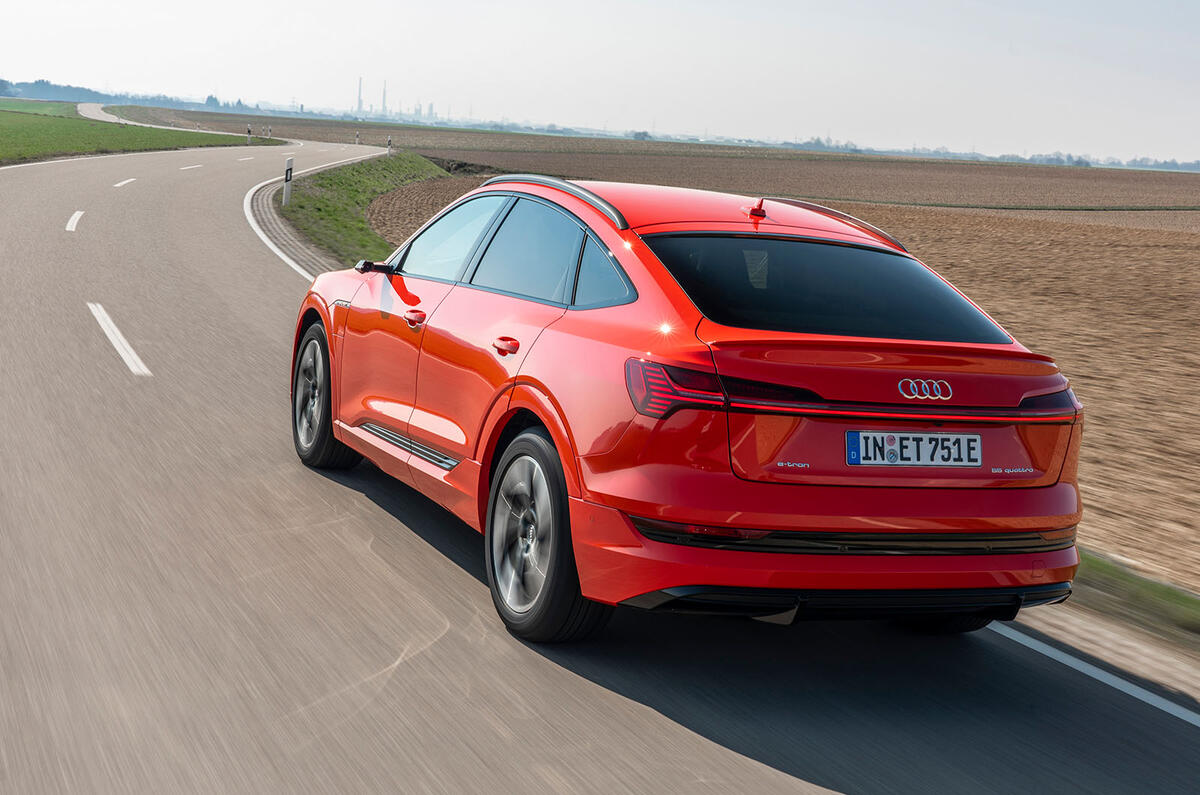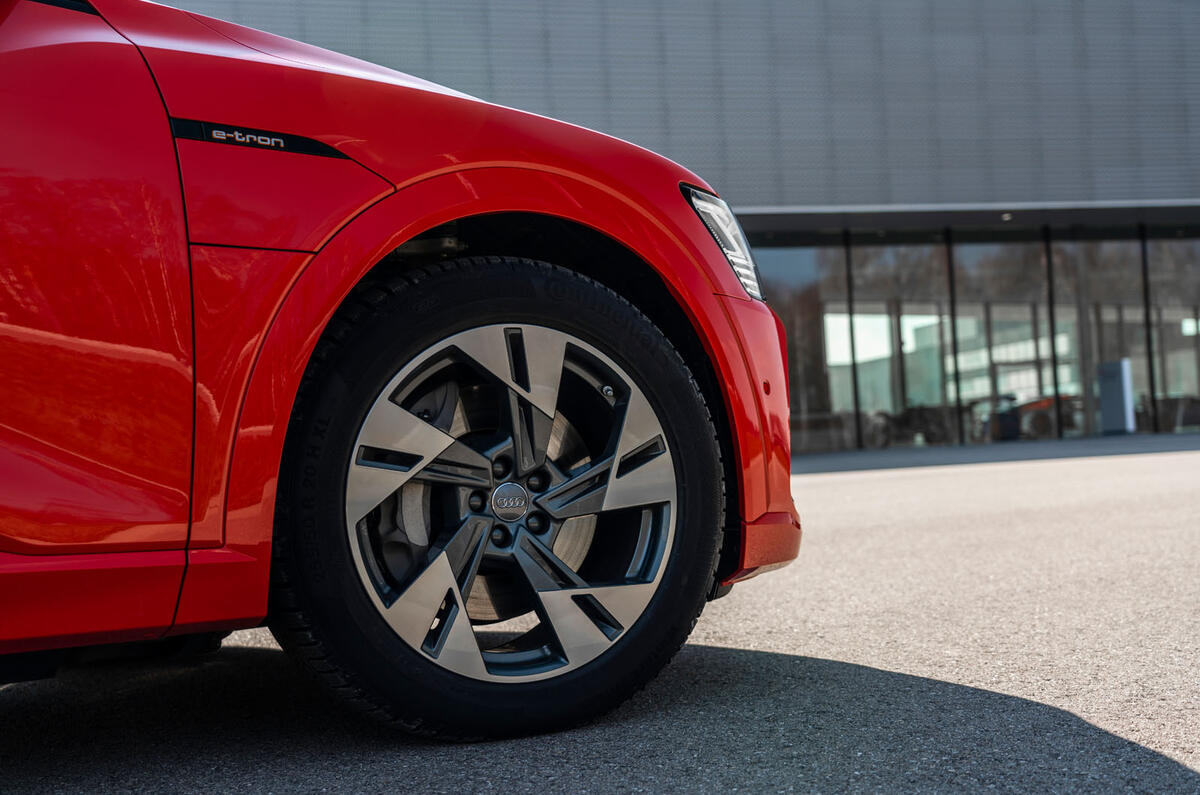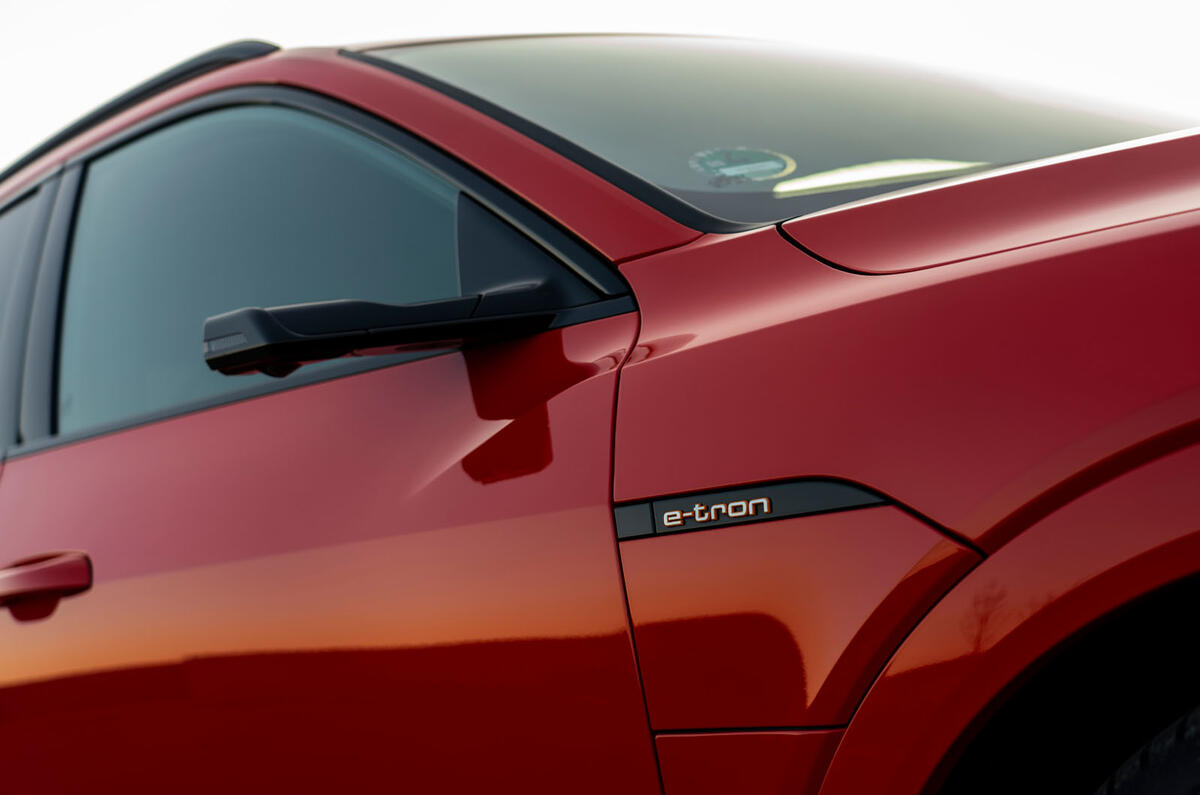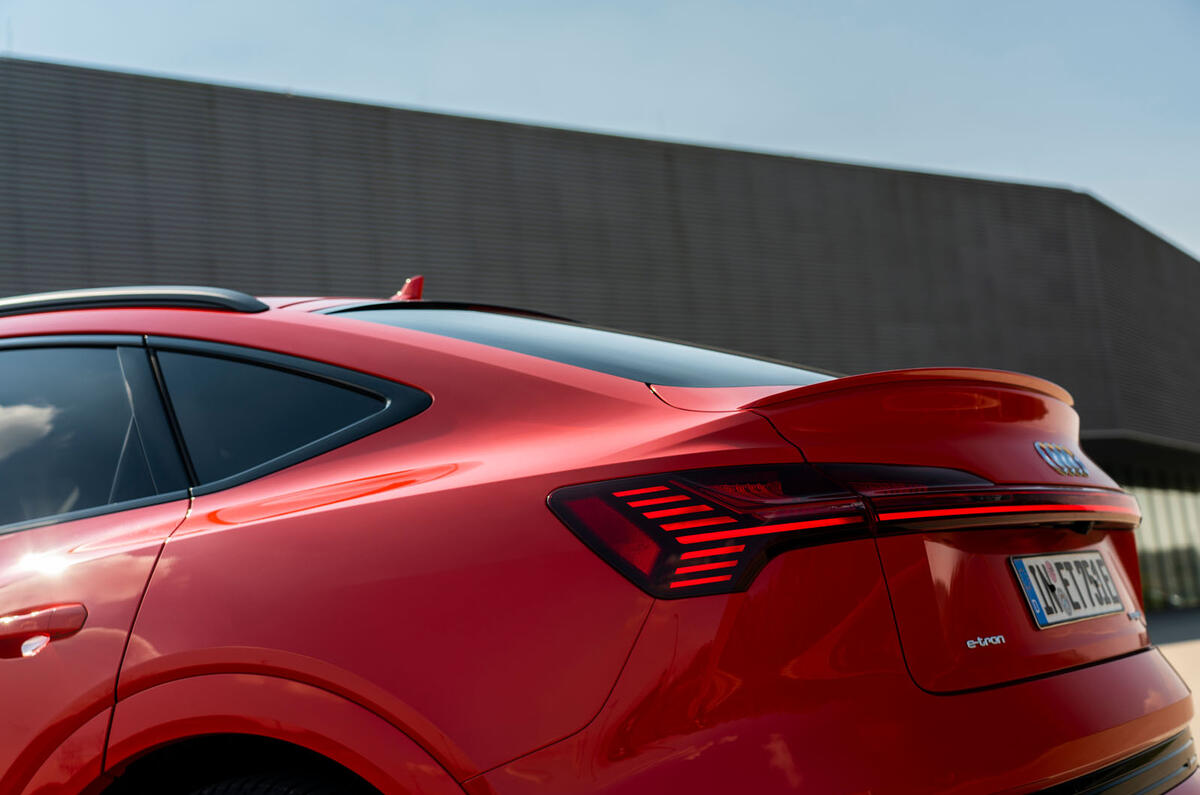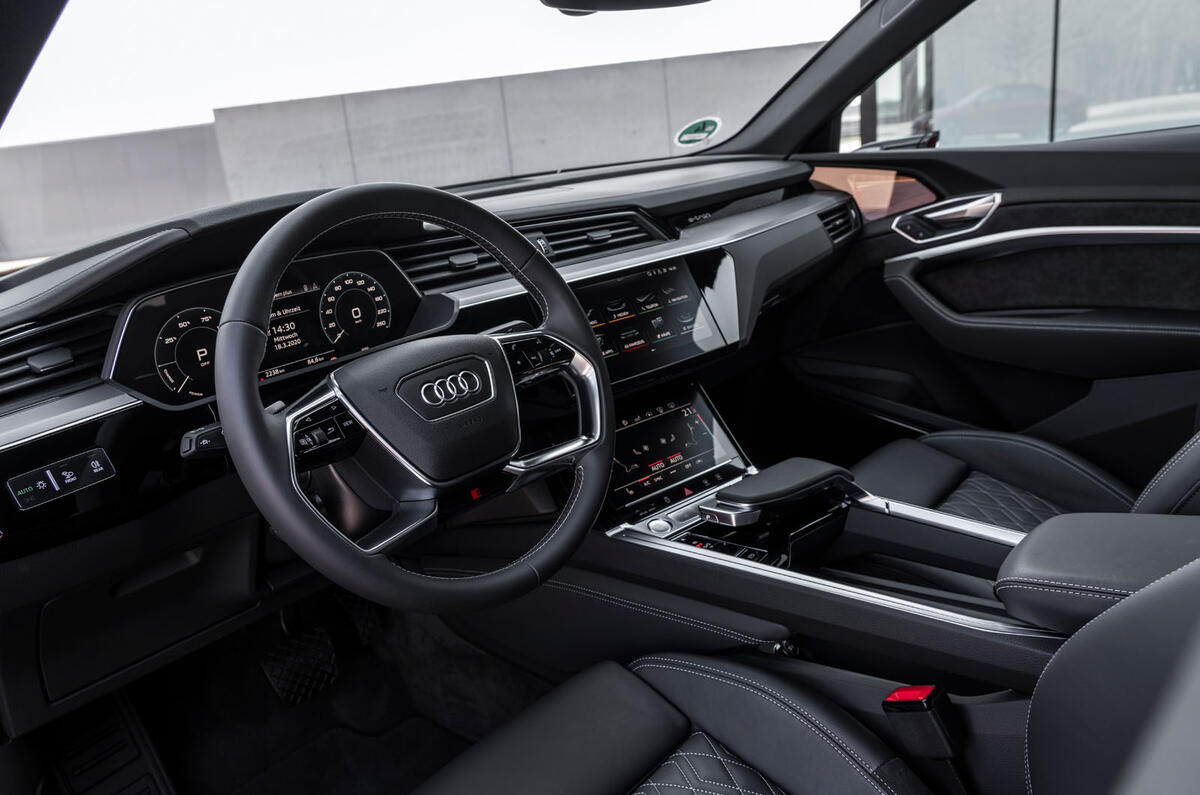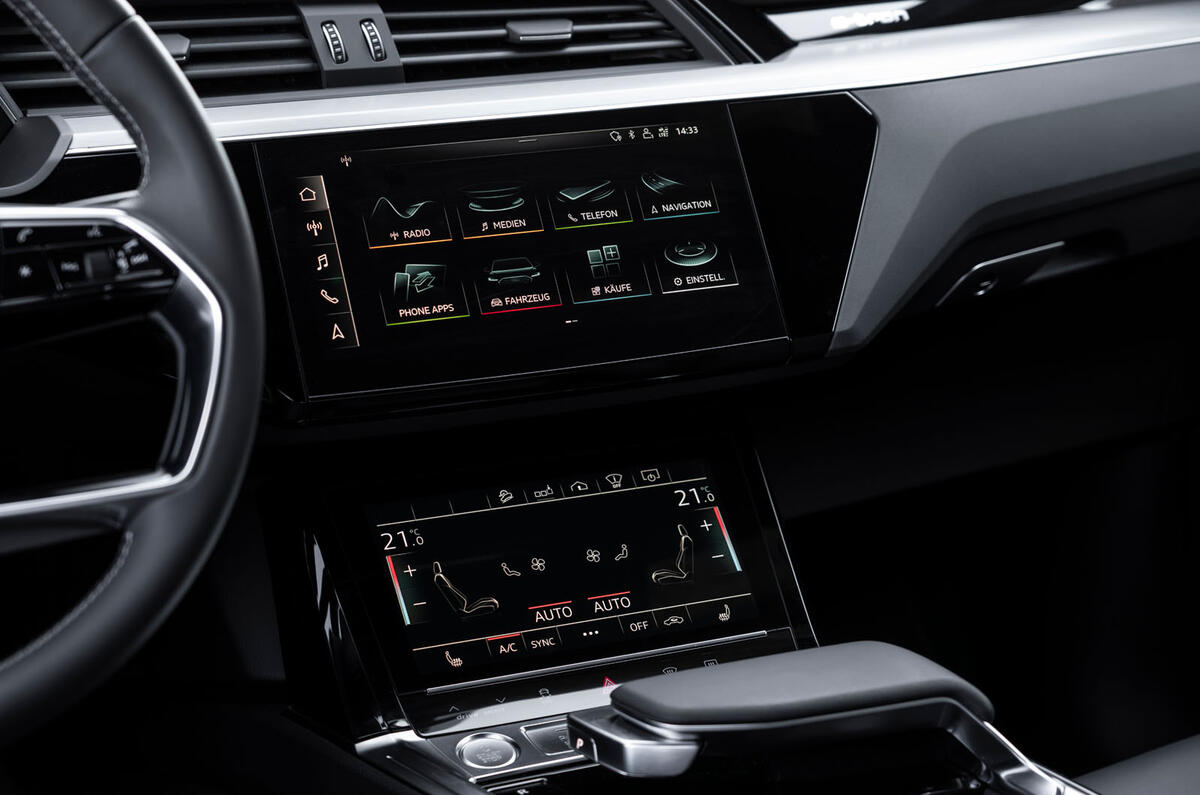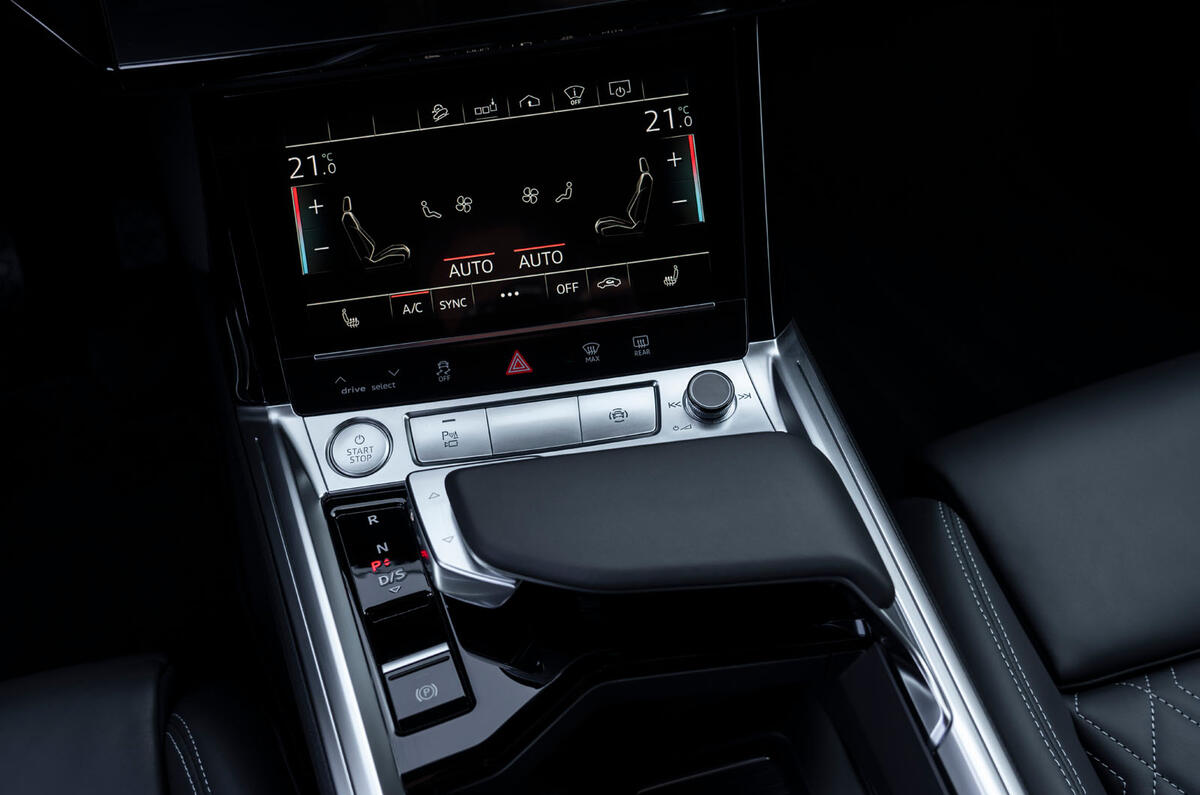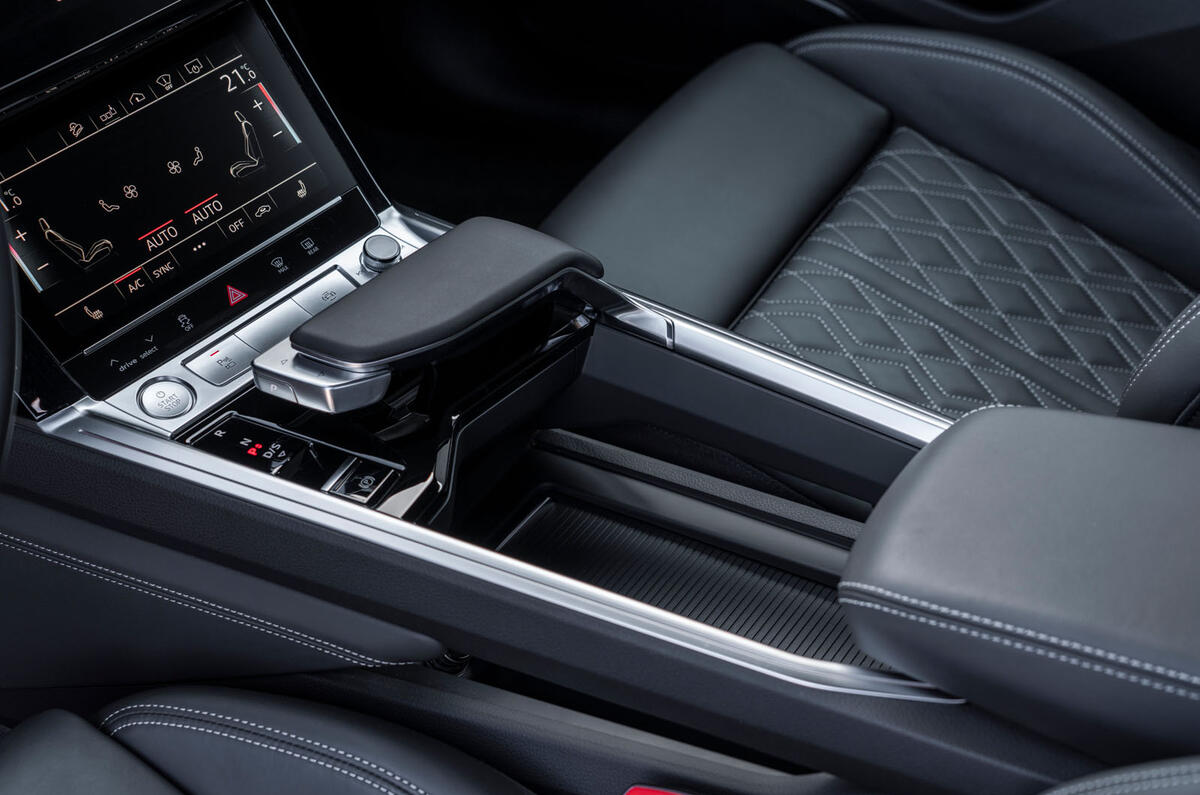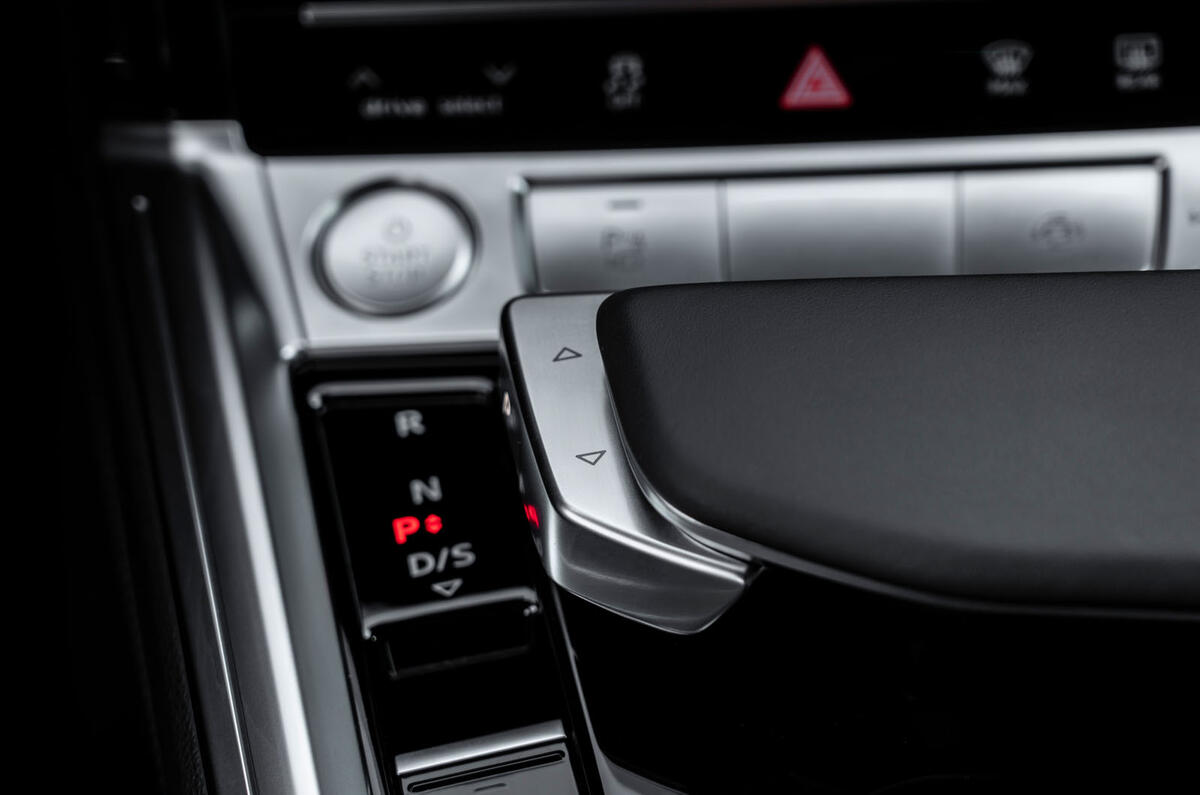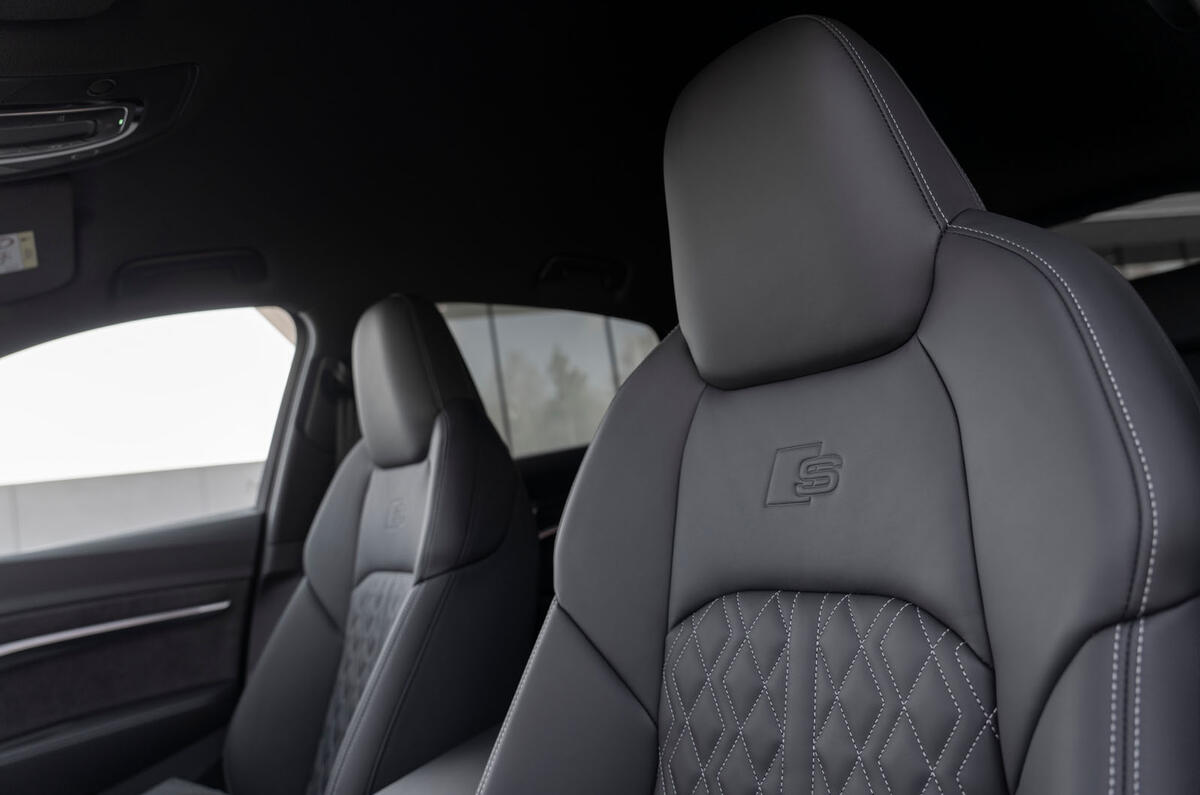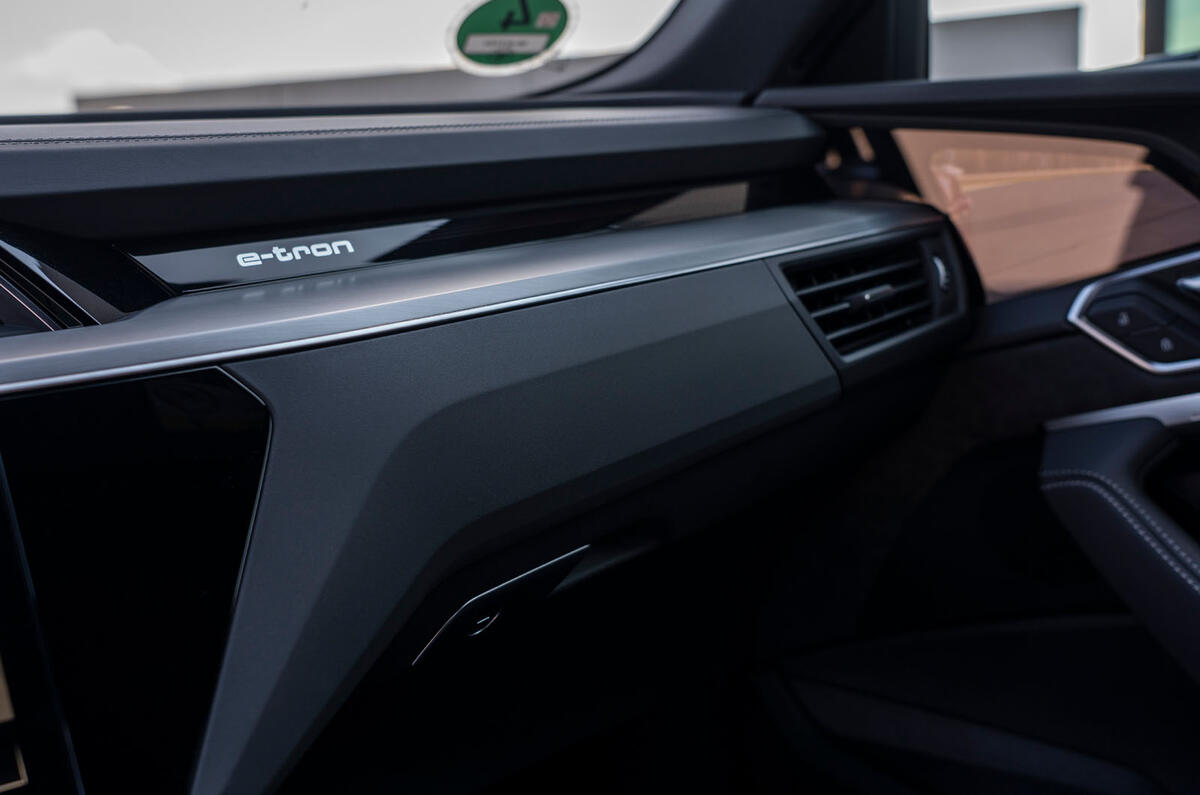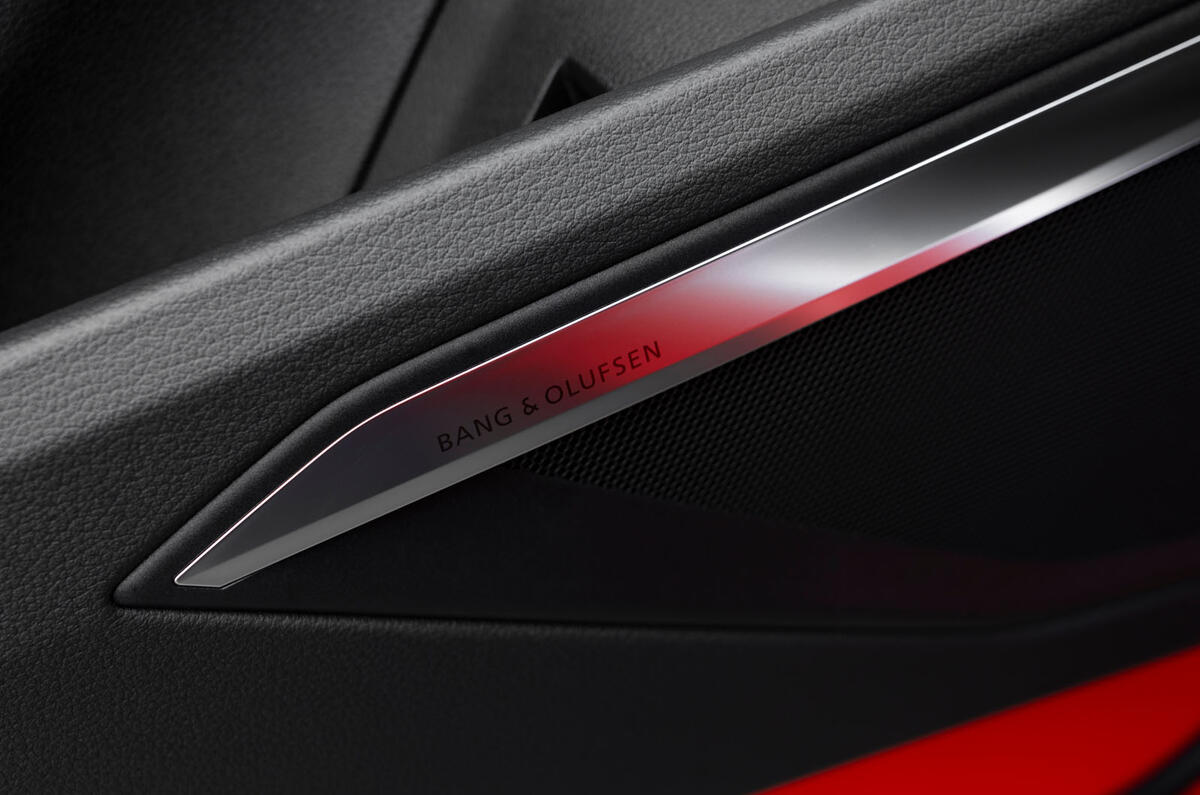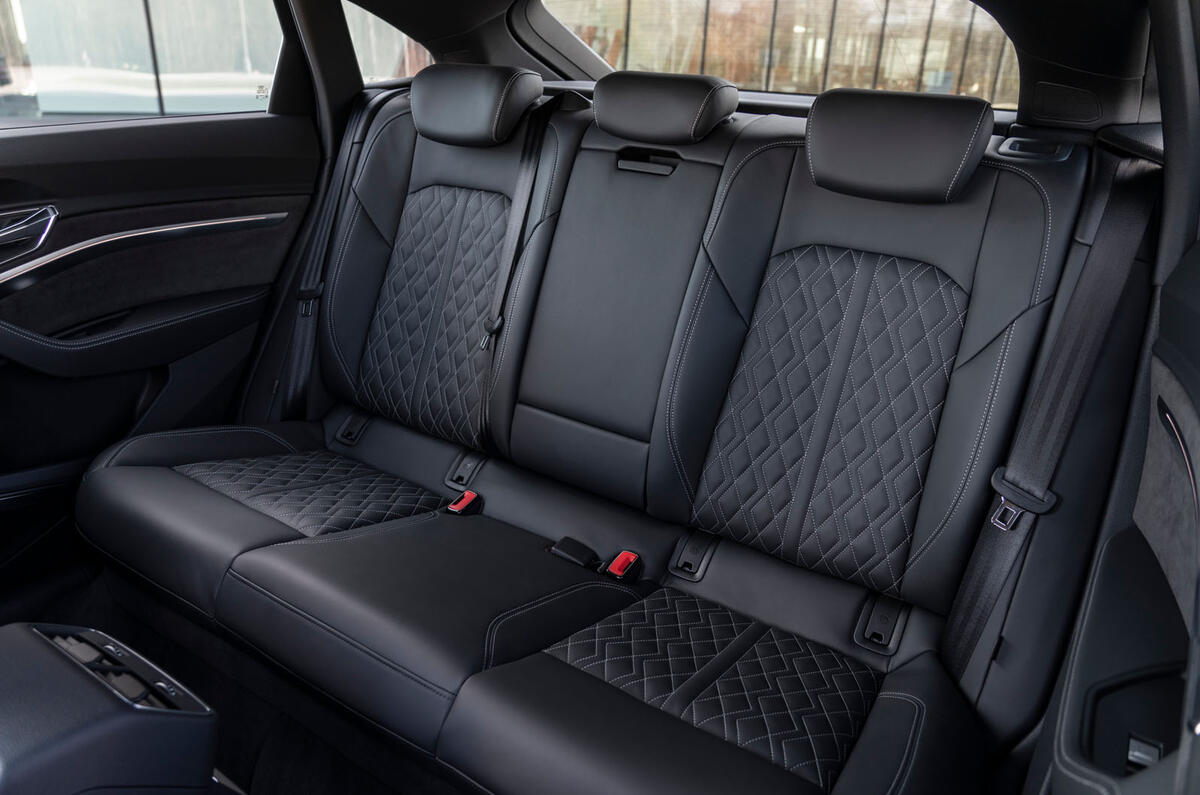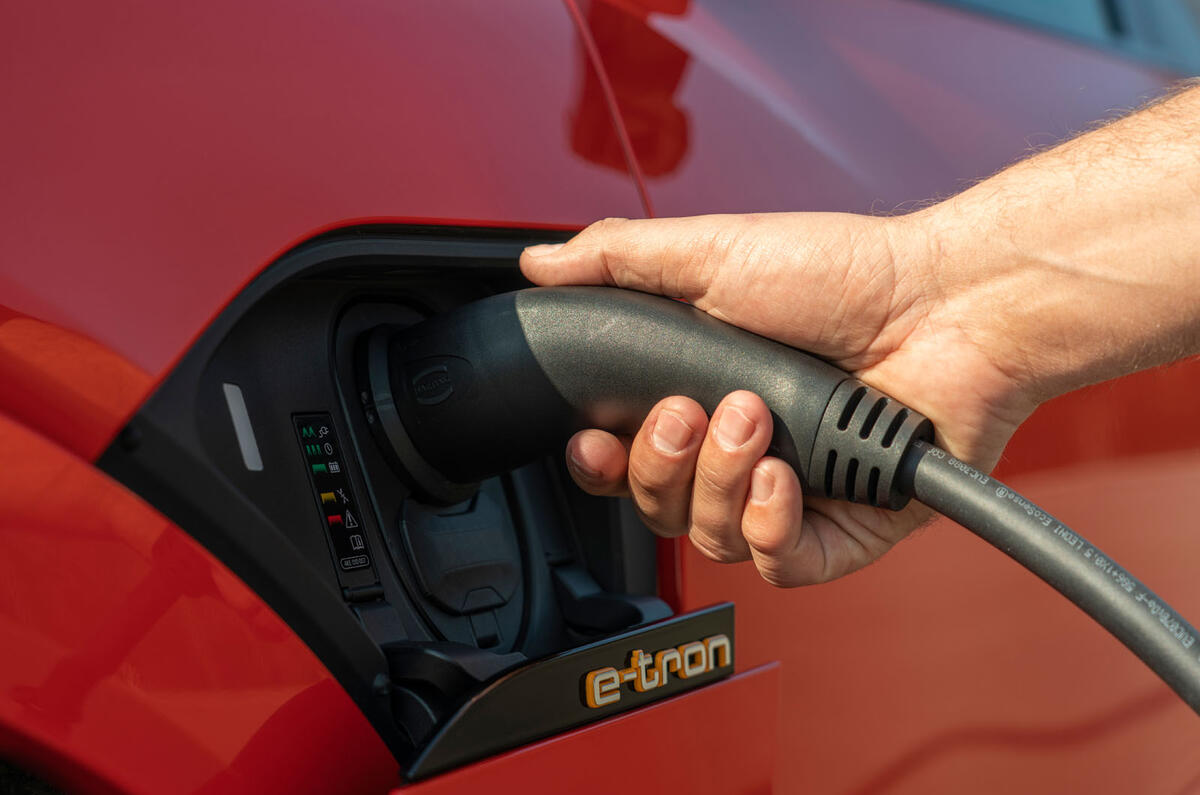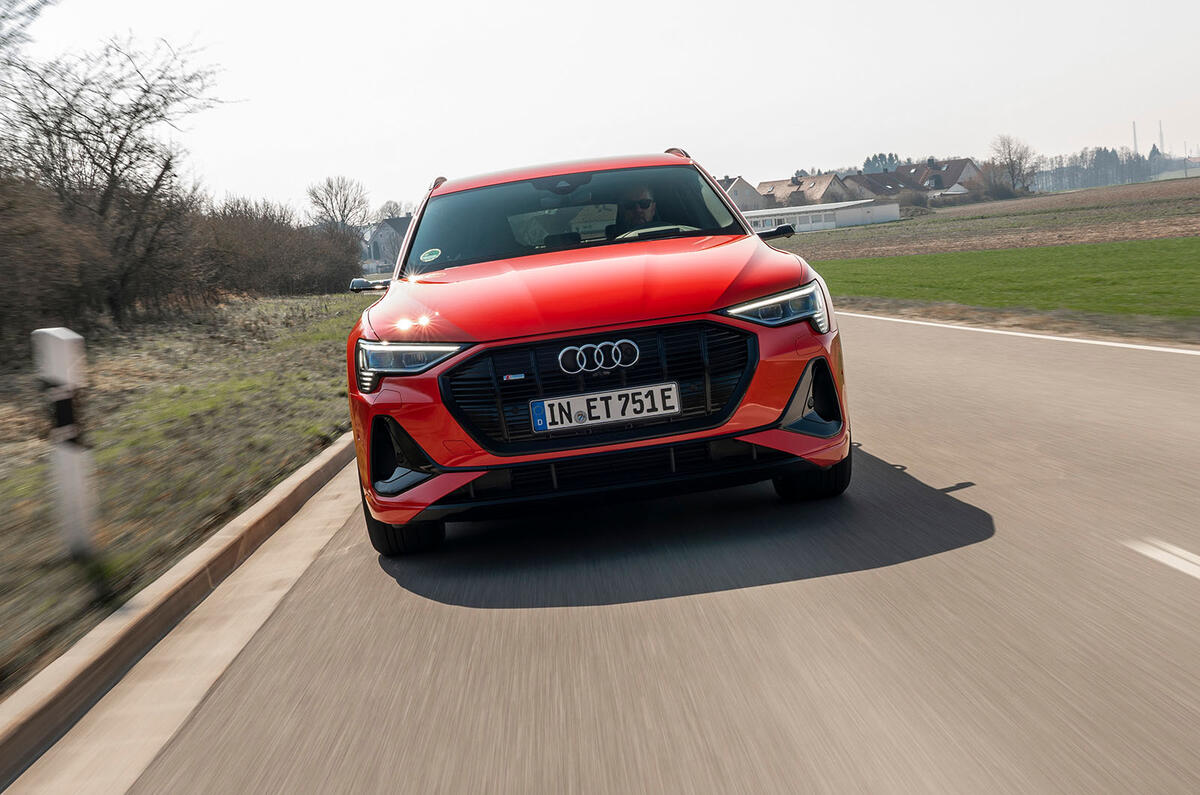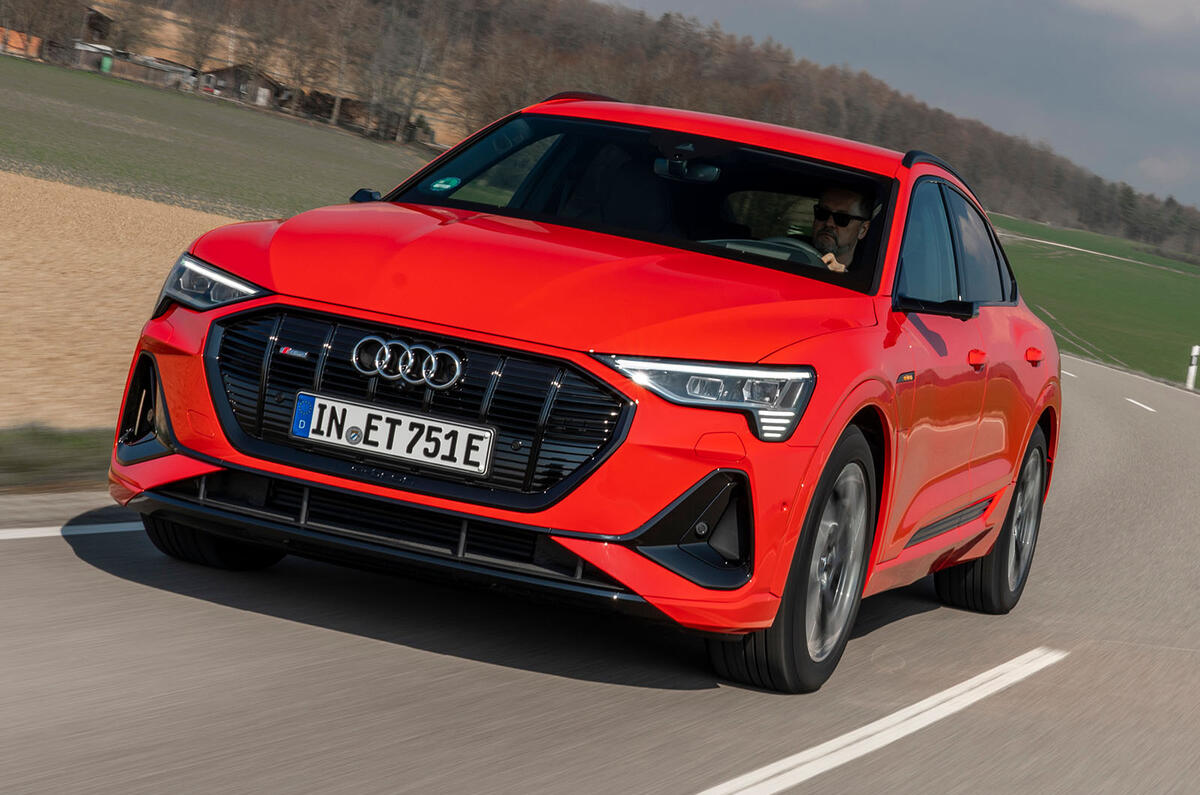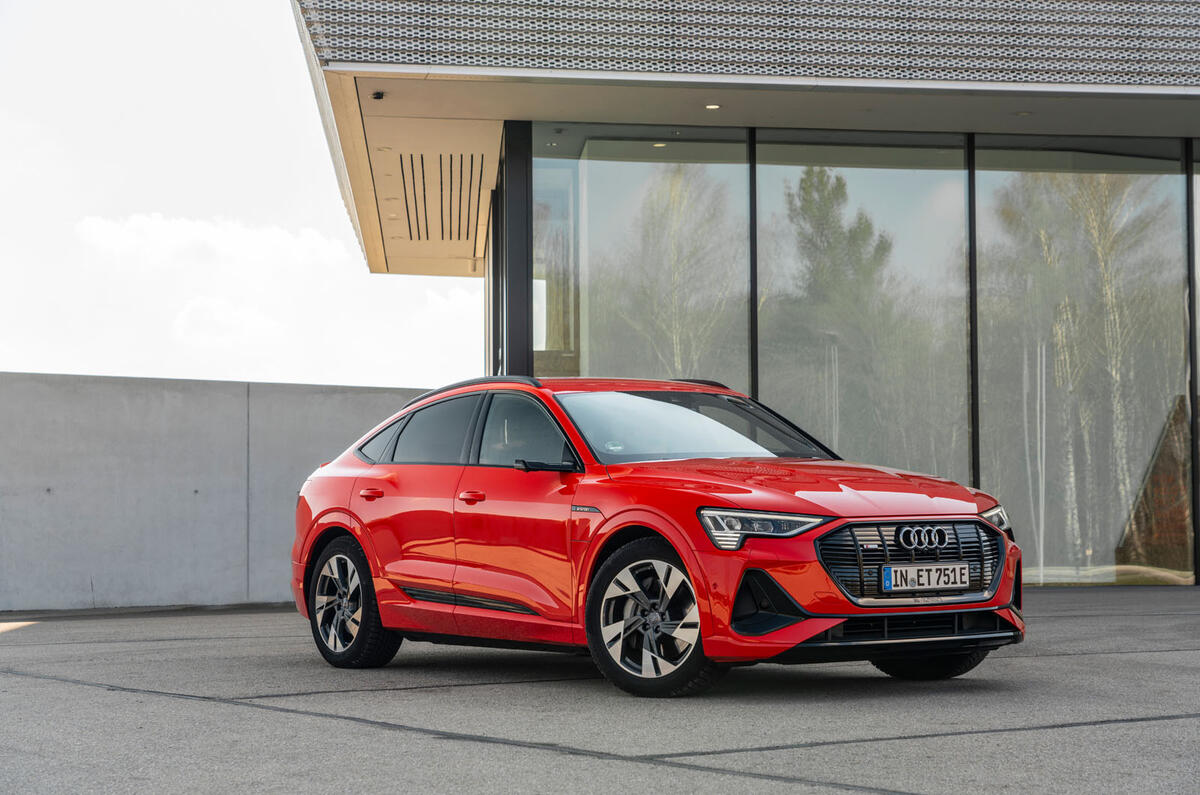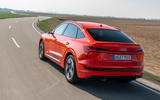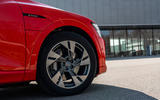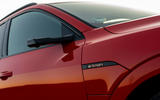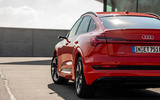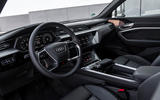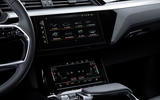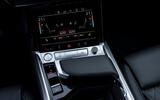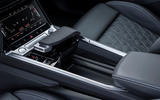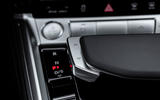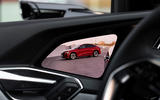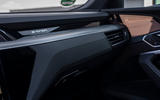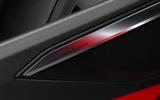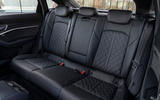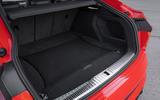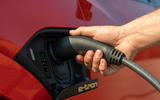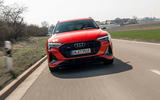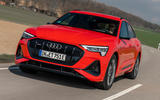This is the car with which Audi is aiming to challenge the Jaguar I-Pace for zero-emissions SUV driving honours.
The E-tron Sportback 55 quattro, as its name suggests, is a more sporting version of the Audi E-tron 55 quattro that has been on sale here since mid-2019. Outwardly, it’s distinguished from its sibling by a more heavily curved, coupé-like roofline and liftback-style tailgate, among other subtle changes, including more aggressively styled bumpers and headlights using Audi’s new digital matrix LED technology.
Together, these alterations provide the E-tron Sportback with a shapely profile similar in style and detailing to the Elaine concept that Audi unveiled three years ago.
Sharing certain exterior design elements with conventionally powered Audi models, it’s perhaps not as distinctive as the I-Pace. But with a drag coefficient of just 0.25Cd, it’s among the most aerodynamically efficient series-production SUVs yet, beating the Jaguar in this crucial area by a considerable 0.04Cd margin. This is thanks in part to the availability of ‘virtual exterior mirrors’, which use a camera to project a live video feed on the forward part of the doors inside.
The changes to the cabin over the regular E-tron are slight, but that’s no bad thing. In terms of attractiveness, perceived quality and tactility, the dashboard, controls and trim materials are all premium in nature.
The optional front sports seats are firm and supportive, setting up a pleasantly roomy and airy driving environment. However, accommodation in the rear is compromised to the tune of 20mm by that plunging roofline.


